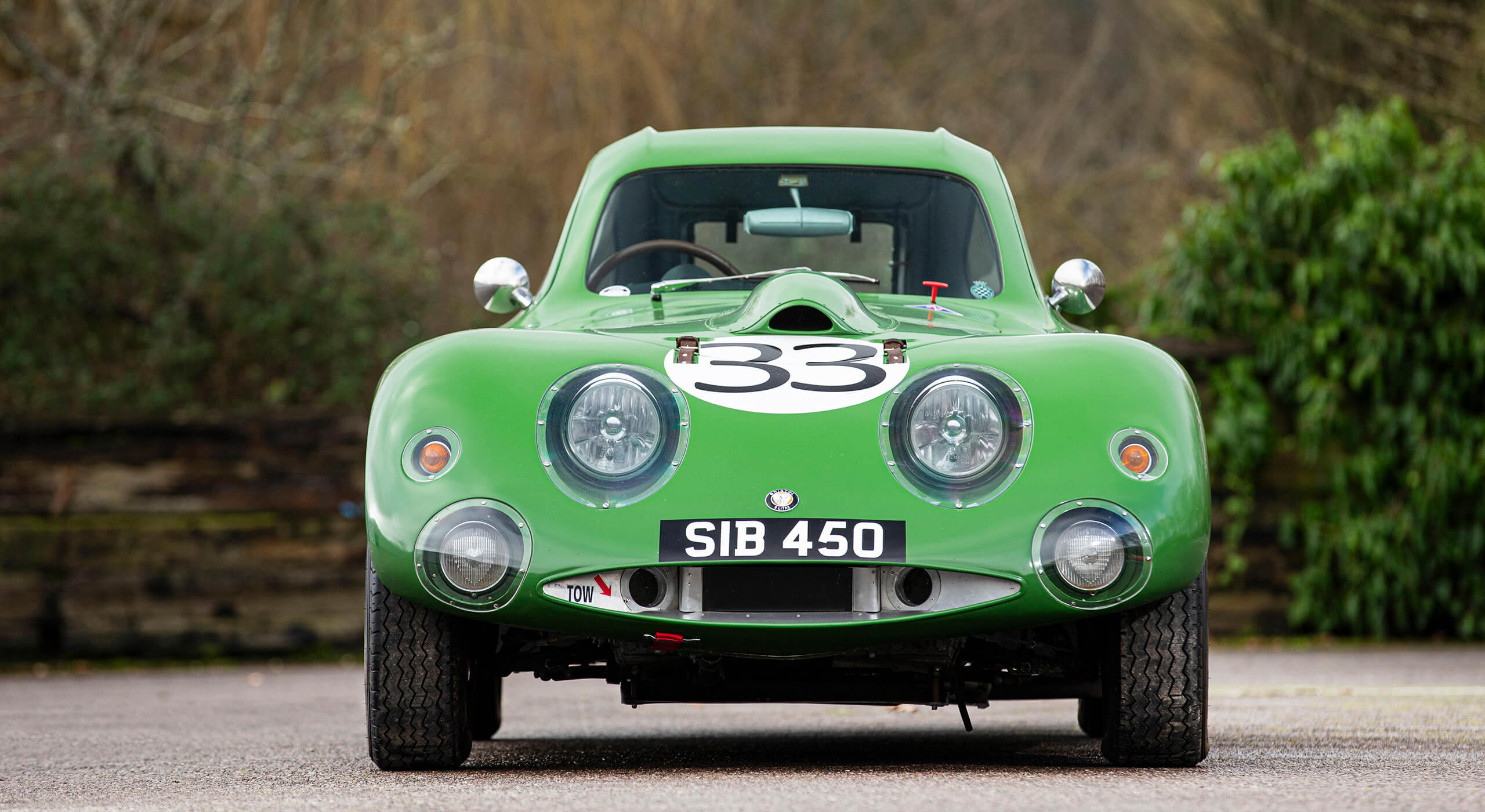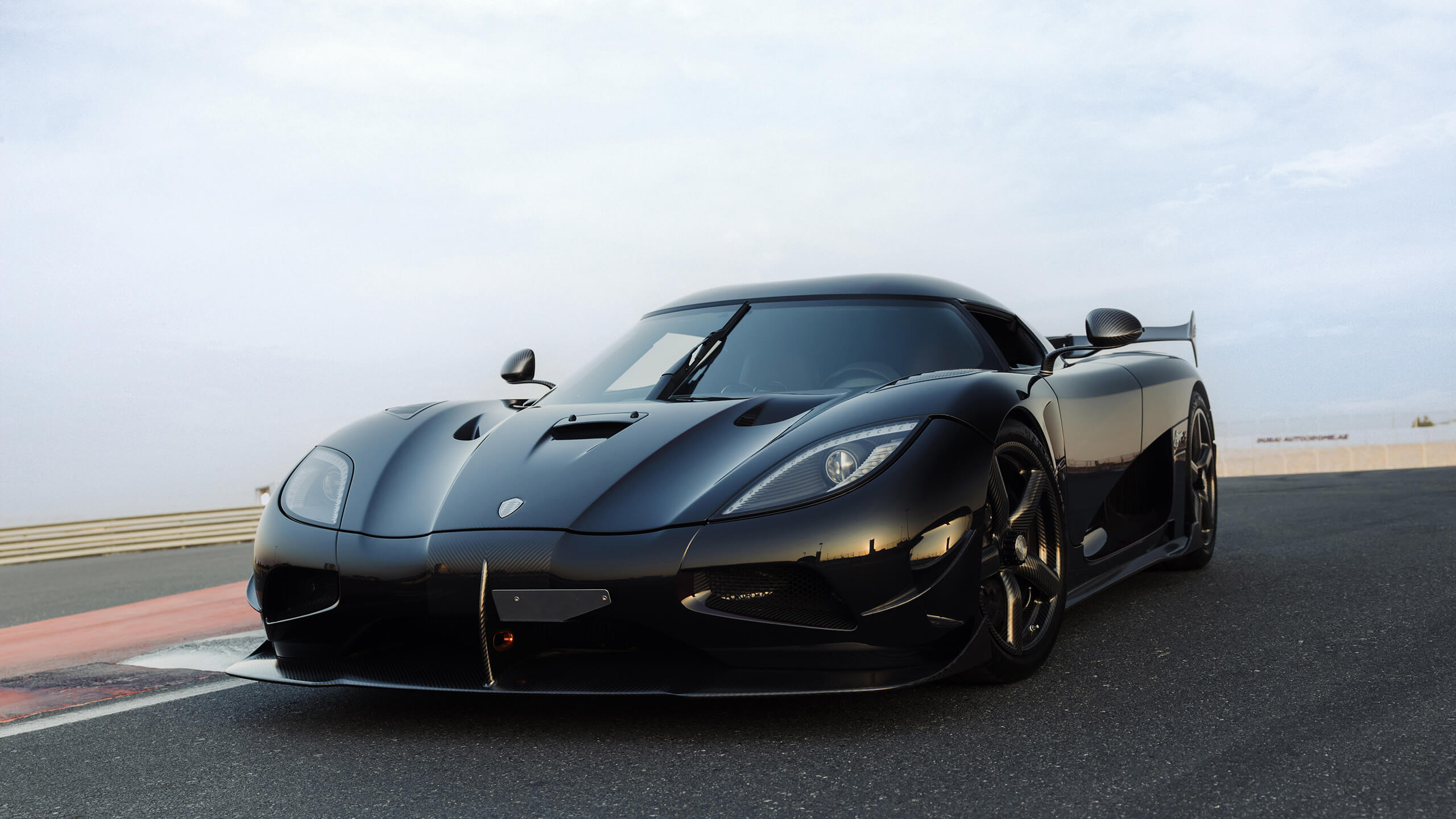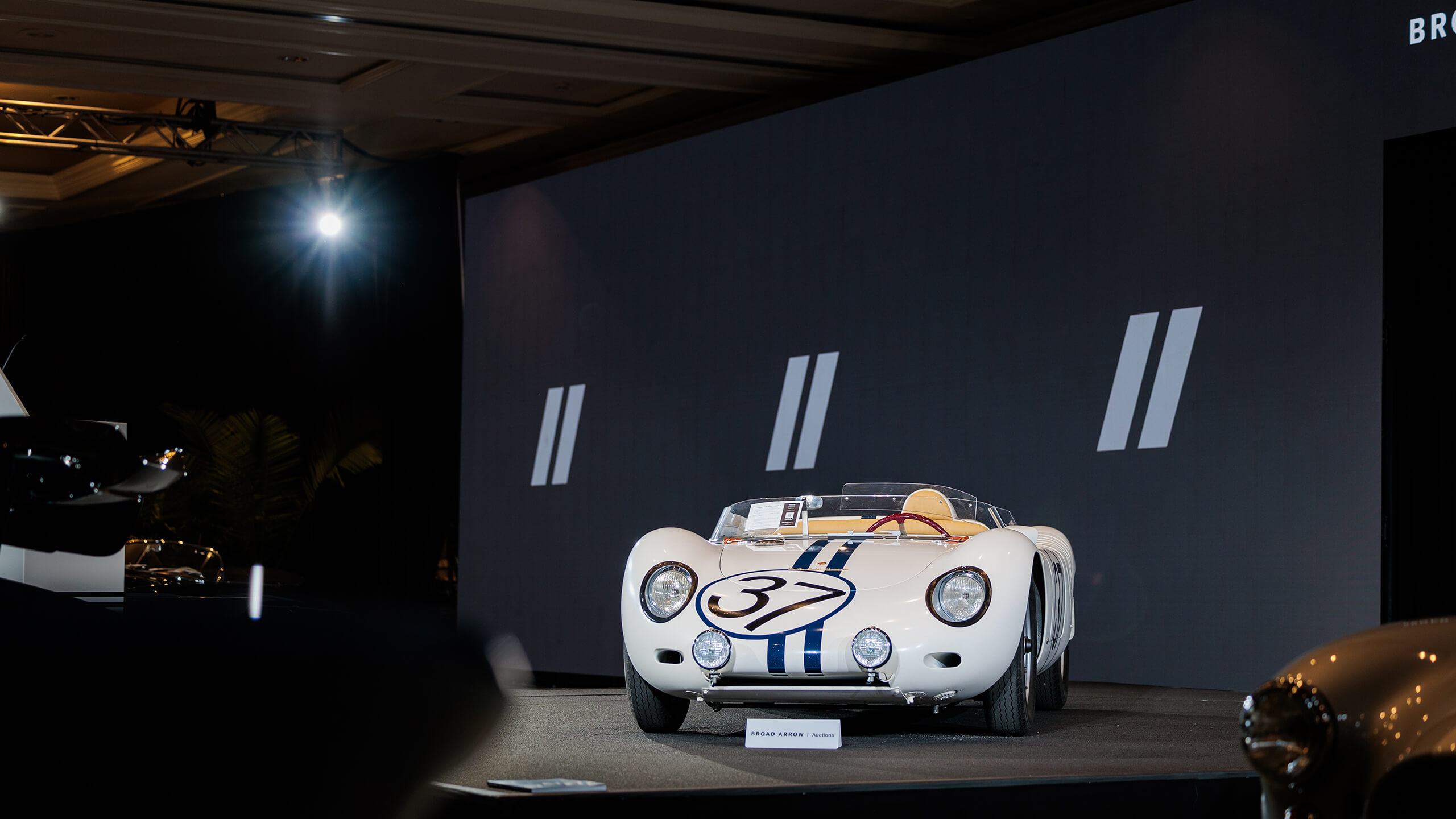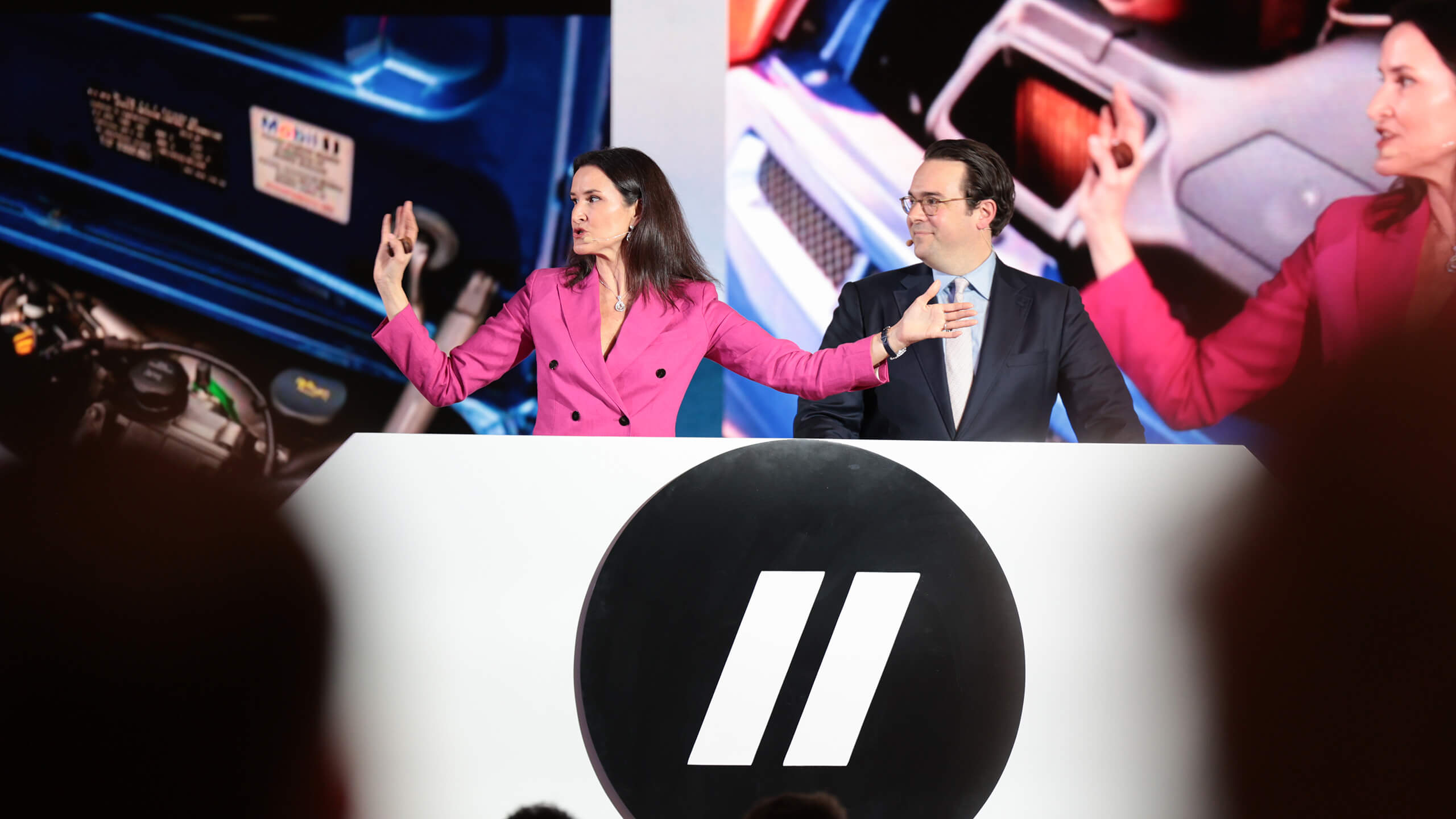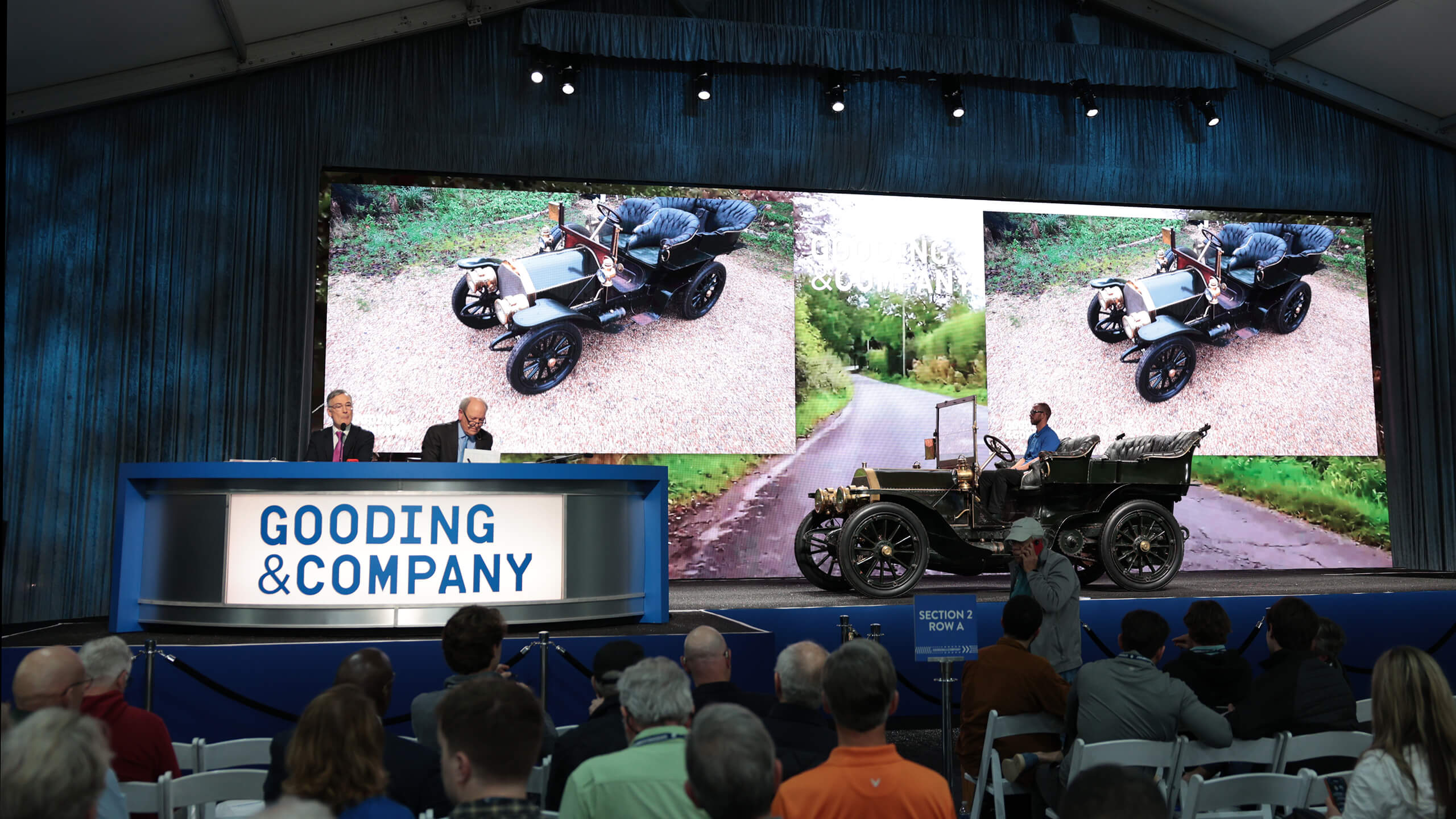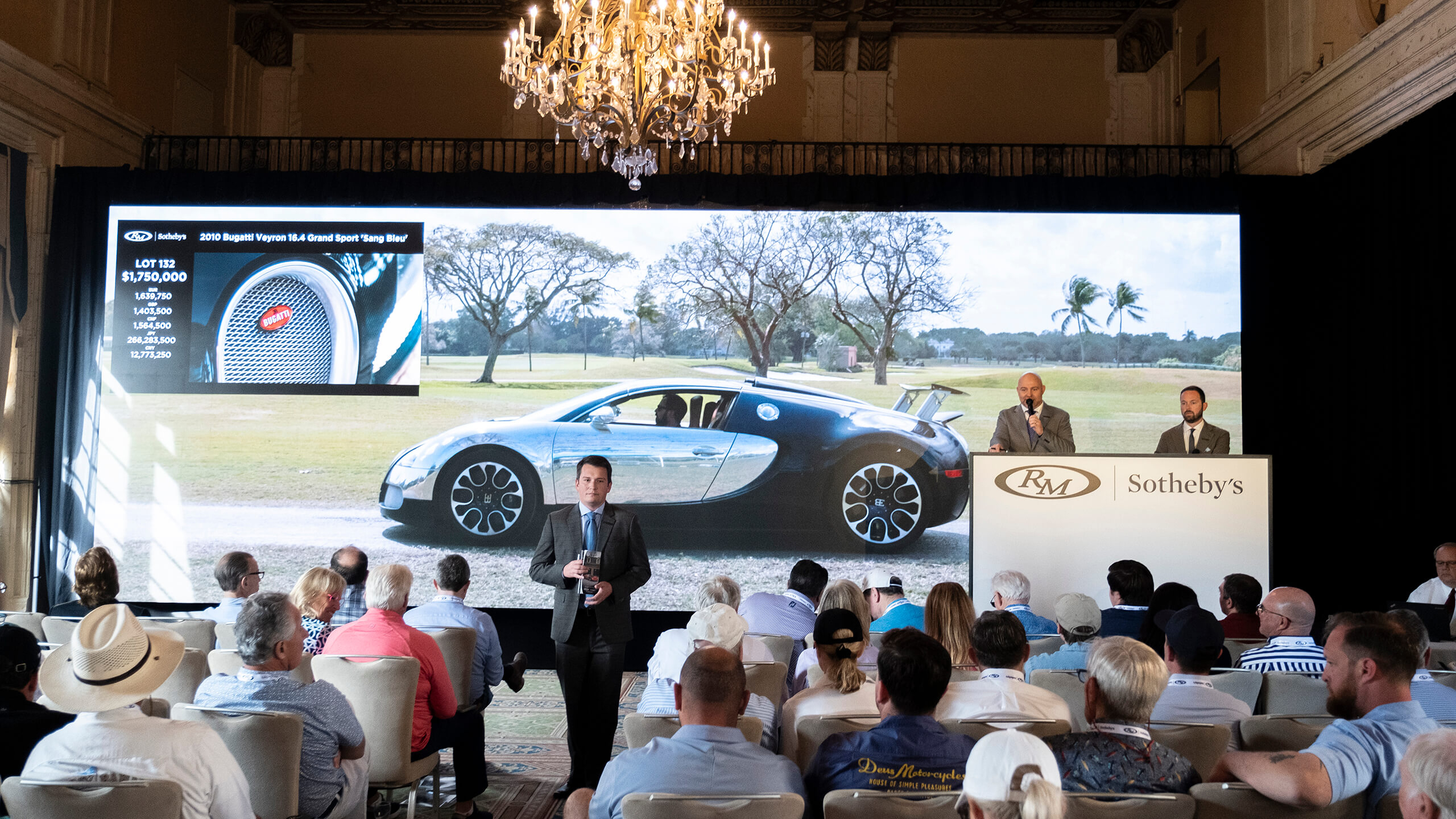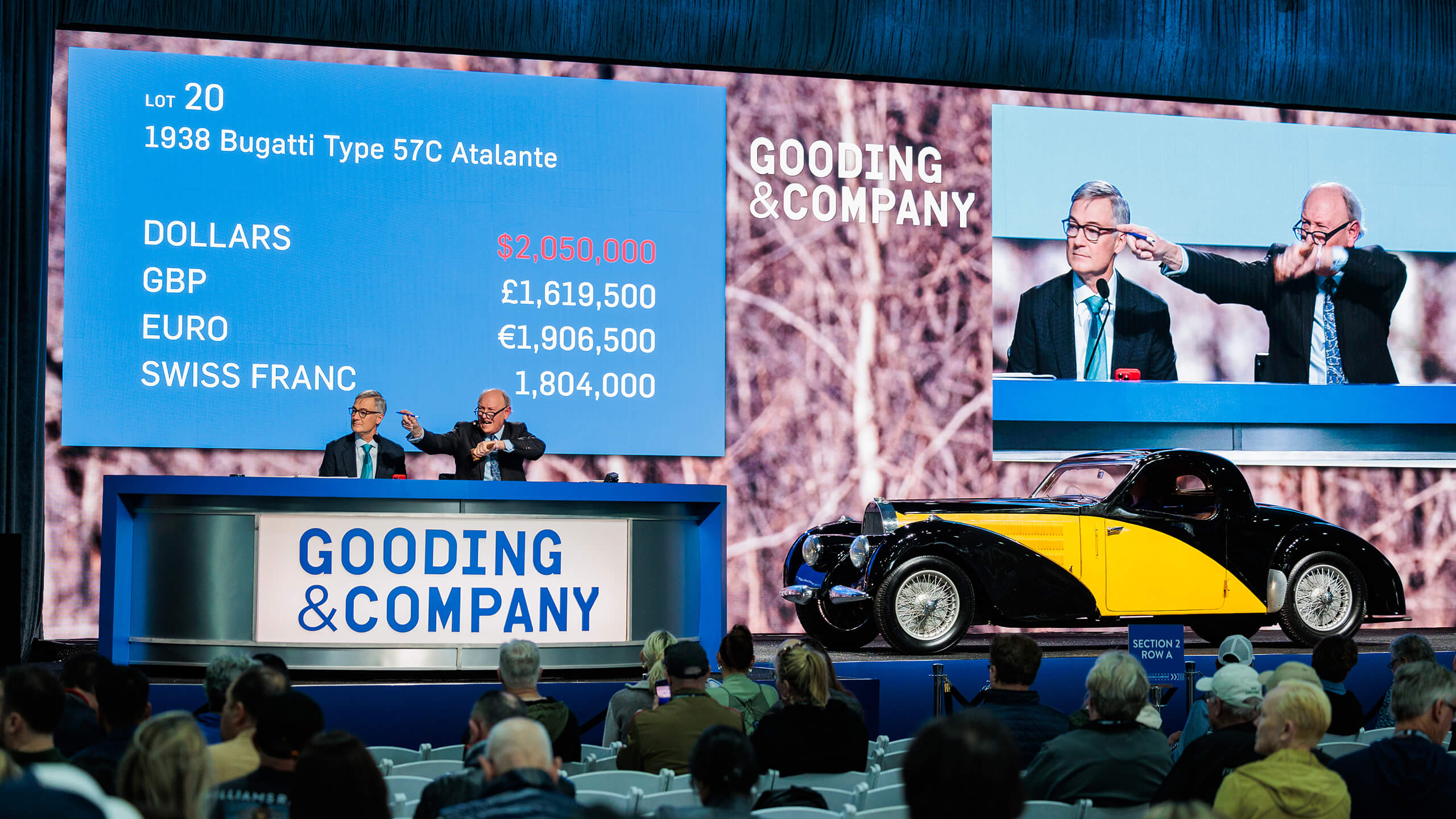What’s happening in the Aston Martin market?

With the release of the much-anticipated book by Palawan on the Aston Martin V8, perhaps it’s time to reflect on where marque values stand at the end of 2019. We put the question to well-known UK specialists, starting with the host of yesterday’s book launch, Nicholas Mee.
“You’re right to comment on K500 that auction sales for collectable Astons in 2019 have been disproportionately affected by three factors, all of which have contributed to a perceived – but not necessarily true – downturn in values of cars,” said the former head of sales at Aston Martin Lagonda in the 1980s.
“First, uncertainties over Brexit have affected confidence in the UK across all marques, not just for Astons.
“I wouldn’t say that the UK is the dominant market for classic Aston Martins. Dealers in Belgium, Holland, Germany and the USA are pretty active – for LHD cars, which brings me on to the second key influence in recent trading. Far more so than, say, Jaguar, Aston Martin until the 2000s was in the main a maker of RHD models, with only 25% built in LHD. Inevitably, then, many RHD Astons that would normally be traded out of the UK are now subject to the fear of tax incurred post-Brexit, if returning to the UK from Europe. Although this rings true for any RHD car, it doesn’t help a predominantly RHD brand.

“Last and by no means least is the steady release of poor-quality cars from a single Middle Eastern collection over the last couple of years, either through dealers associated with the owner or at auction. These are very often without correct paperwork or ‘matching numbers’ and little to no history files, liable to tax if registered in the EU and badly prepared to standards unacceptable in 2019. Sometimes they’re described as ‘having had a restoration by the factory’ but they’re not actually ‘restored’, just inspected and some work done. The dragging effect on the Aston Martin market of these usually poor-quality cars cannot be underestimated.
“Estimated too high they do not sell, too low and ‘It’s a fire sale!’ The message from auctions is unclear and unrealistic. A sub-£300k DB4 like any of these offerings really needs a £300k + VAT restoration. Yet a good RHD DB4 can be bought today for £475k to £500k.
“The excellent No Reserve Aston V8s, some in RHD, which were sold by a disaffected owner at Monterey this August, were snapped up by US dealers who immediately sold them on at a profit, at full market prices.
“In summary, the view from the UK is that while the general market has certainly calmed down, Brexit has slowed things yet further. But the Middle East cars should be treated as ‘barn finds’ and sold appropriately at 2019, not 2013, values. Impeccable cars restored by the top UK restorers, such as a V8 Vantage X-Pack (c. £395k), DB5 (c. £800k) or DB6 Mk 2 Vantage Volante with original 5-speed (c. £700k), will always find buyers.”

Meanwhile, Dylan Miles (pictured, above) commented:
“When considering the values and overall marketplace for Aston Martins, one can be easily misled by using auction results as a barometer. My experience has shown that Aston buyers are for the most part purchasing a car out of passion and the desire to own an Aston, rather than a speculative buyer whose focus may lean more towards marques such as Ferrari or Porsche.
“This translates into owners keeping their Astons for longer periods; indeed, many of our clients have owned their Astons far longer than any of the other cars in their collections. I think for this reason there seems to be less fluctuation in Aston values than some other marques and I believe more Astons are sold through specialist dealers, restorers and privately than at auction.
“However, we can’t deny that the past two years have been challenging for the classic car market in general, not helped by Brexit, which has stripped consumer confidence, or by the sheer number of cars available on the market in general. Notwithstanding, we have been steadily selling cars on behalf of consignors who are realistic about current values and, in some cases, we are prepared to take a trade-in as part-exchange. We are able to facilitate deals that involve multiple part-exchanges of non-Astons, which has been essential in a market with fewer cash buyers than, say, five years ago.
“Interestingly, one of the most popular Astons for us this year has been the V8. In fact, we have sold more V8s in various forms this year than any other Aston. I believe the market perceives V8s to represent good value against the six-cylinder DBs and they have tremendous road presence, pace and usability. I’m a huge fan and love driving them. That said, ‘best of breed’ DBs, from DB2 to DB6 Short Chassis Volante, are still in demand. The new Bond film features a V8 as well as a DB5, the first time the V8 has had any airtime in a Bond film since the Dalton days and this certainly won’t harm its popularity.
“In terms of modern-era Astons, we have sold cars such as a DBRS9, One-77 and Vanquish Zagato, but it seems the growth of the current range at AML has been to the detriment of residual values for newer cars.
“One thing is for sure; classic Aston Martins will always be extremely desirable and the most correct, original and well-restored examples will always achieve strong prices from discerning buyers.”
With thanks to Nicholas Mee and Dylan Miles.
Photos by K500/Dylan Miles (by Olivier Houllier)


